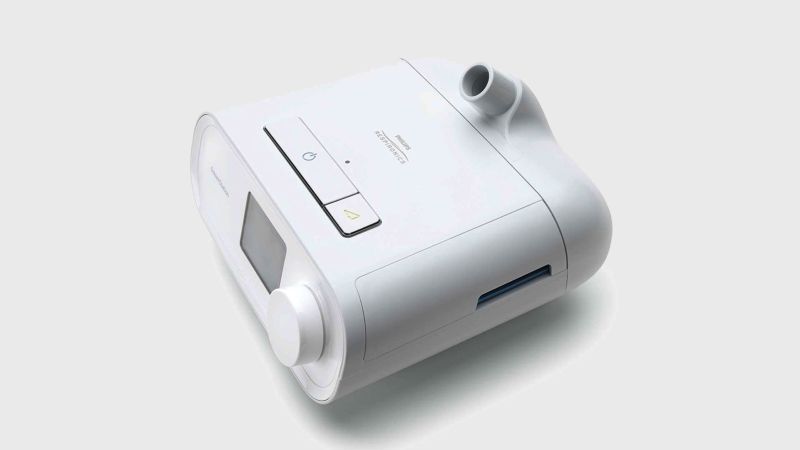“Scranton is a place that climbs in your heart, and it never leaves,” Biden said. “For me it was 2446 North Washington Avenue.”
But the trip was about more than sentiment during the first day of Biden’s three-day swing through this pivotal battleground state. He leaned into populist anger against the rich and worries of a world weighted against the middle class as he sought to draw distinctions between himself and his likely Republican opponent in November, Donald Trump.
“All I knew about people like Trump is that they looked down on us,” Biden told the crowd in his childhood town, contrasting his upbringing with Trump’s frequent visits to his resort in Palm Beach, Fla. “They wouldn’t let us into their homes and their country clubs. When I look at the economy, I look at it through the eyes of Scranton, not through the eyes of Mar-a-Lago.”
Biden will further stress that contrast Wednesday when he travels to Pittsburgh to address the United Steelworkers and unveil a raft of new trade protections for the steel industry. The president will call for a tripling of the 7.5 percent tariff on Chinese steel imports, as well as increased pressure to prevent China from shipping steel to America through Mexican ports.
Biden will also call for an investigation of Chinese subsidies for its shipbuilding industry, following a petition from the United Steelworkers and four other unions last month.
The actions are just the latest sign of the president’s determination to be seen as a defender of American workers like those in the steel industry, whose employees are spread across states in the industrial Midwest, the so-called “blue wall” that could decide Biden’s political fate in November.
In making the argument, he has leaned into his middle-class upbringing, including the years he spent in Scranton, which he portrays as a scrappy, working-class town. He argues that Trump, on the other hand, is a billionaire who lives in a gilded club in Florida and would bolster other billionaires, the very people who have had an unfair advantage for too long.
Honing that point, Biden stressed that the richest Americans, and the companies they own, pay little or no taxes.
“No billionaire should pay a lower tax rate than a teacher,” he said, citing Trump as part of the problem.
Biden in recent months has struck a populist tone in other ways. He has criticized big corporations for raising prices and imposing what he calls “junk fees” — hidden costs that companies like banks and airlines tuck into their consumer prices.
Trump and his supporters respond that Trump was by far the better president for working-class Americans and would be again — one who boosts the economy, fights illegal immigration, cuts taxes and slashes regulation. But the battle is also over who is more emotionally aligned with workers, as Trump stresses his cultural conservatism and Biden emphasizes his modest upbringing and ties to unions.
Pennsylvania, which is central to these battles, is a pivotal swing state that is expected to see frequent visits from both Trump and Biden before November’s election. Trump won the state in 2016 but lost it by some 80,000 votes to Biden in 2020. After Biden’s stop in Pittsburgh on Wednesday, he will travel to Philadelphia on Thursday.
Trump is courting the same middle-class voters with his own brand of economic nationalism. The Republican has said that, if elected, he would impose an across-the-board tariff of 10 percent on all foreign products and a 60 percent levy on Chinese imports. Many economists say the move would stoke inflation.
While Biden will talk international economic policy on Wednesday, Tuesday was about linking his biography to his politics.
“We know that the best way to build an economy is from the middle out and the bottom up. … It’s a stark contrast to my opponent,” Biden said in Scranton. “He looks at the economy from Mar-a-Lago where he and his rich friends embraced trickle-down economics that have failed working families for more than 40 years. Scranton values and Mar-a-Lago values — these are the competing visions for our economy.”
David J. Lynch in Washington contributed to this report.

Elaine Hadley is a dedicated journalist covering the ever-evolving landscape of U.S. news. With a keen interest in politics and a commitment to uncovering the truth, she provides insightful commentary and in-depth analysis on domestic issues. When not reporting, Elaine enjoys exploring the diverse cultures and landscapes of the United States.




/cdn.vox-cdn.com/uploads/chorus_asset/file/25415495/DSC08602.JPG)



